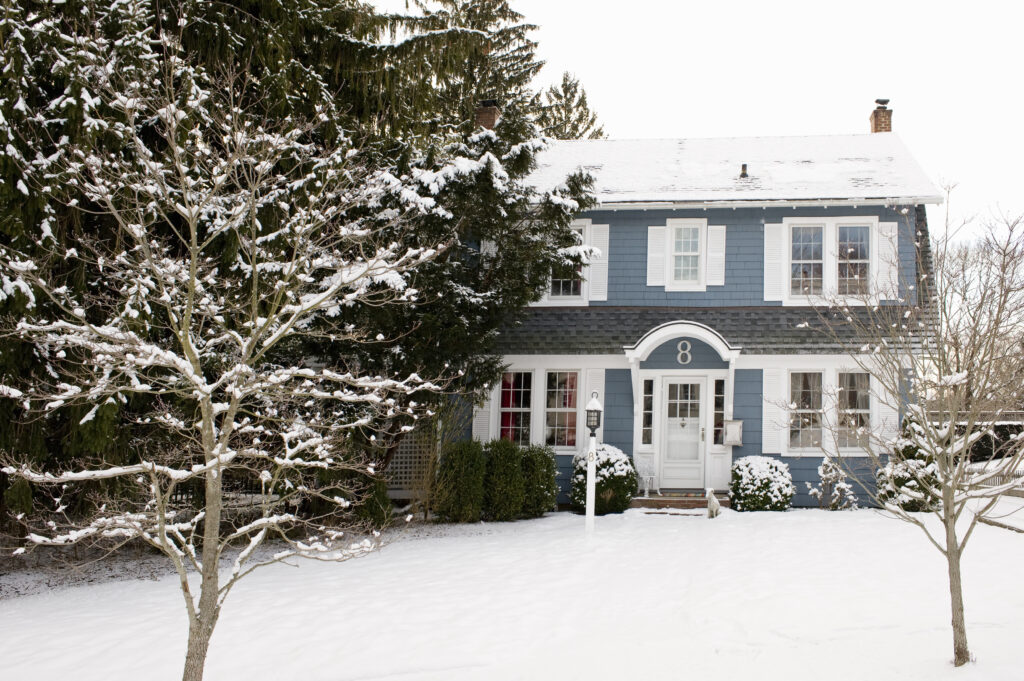Home Price Declines Resumed in November As Buyers Await Better Deals (November 2022 Market Report)
Home values slipped 0.2% in November, resuming a slow decline that began this summer.

Home values slipped 0.2% in November, resuming a slow decline that began this summer.

Home values slipped 0.2% in November, resuming a slow decline that began this summer. Once again, the proximate cause could be traced to high mortgage rates, which reached a 20-year high of 6.90% on average this October, deterring sales that closed in November. The biggest question entering the New Year is whether that will stand as the high-water mark, but rates did trend lower in November, sliding to 6.33% in the week through December 8. Even the decline just to 6.5% by the end of November, in concert with the tiny drop in home values, brought typical mortgage payments down 4.8% from the end of October.
While national prices only inched down, they slumped more dramatically in many formerly-hot housing markets. The largest monthly declines were in San Jose (-3.3%), Raleigh (-2.5%), and Phoenix (-1.6%). Meanwhile, prices climbed in Miami (1.2%), Oklahoma City (0.8%), and Buffalo (0.7%) markets.
Year-over-year home value appreciation was still highest in Florida, led by Miami (22.8%), Tampa (18.2%), Orlando (17.6%), and Jacksonville (16.4%). At the other extreme are markets where prices are slightly down, or practically flat, from this time last year: San Francisco (-1.1%), Austin (0.0%), and San Jose (0.7%) had the lowest annual home value growth among the 50 largest metropolitan areas.
Home buyers who venture out in the dead of winter will find less competition and more eager sellers looking to offload listings after weeks without offers: The median time from listed to pending doubled this November, from 11 days last year to 22 this year. Those sellers are also more likely than at any time in two years to be accepting offers below their list prices, suggesting a lot of room for negotiation (50% of October home sales closed below their last list price, up from 35% in October 2021 and even 45.9% in October 2020).
While buyers are evidently hoping for better prospects in the New Year, many would-be sellers are sitting out the market till then as well. New listings fell 25.4% year-over-year in November, the biggest such decline since April 2020, when the market froze up at the start of the pandemic. That reduced flow of new listings is being more than matched by a reduced flow of newly-pending listings, which fell 38% below year-ago levels, an even steeper drop than the low-tide mark of a 35.7% annual decline in April 2020. Like a glacier growing slightly under another winter’s snowfall, active inventory in November climbed 7% from last year’s level, the biggest year-over-year growth in Zillow’s inventory data stretching back to 2018.
Mortgage affordability remains the biggest challenge for the housing market, thwarting first-time home buyers’ prospects and discouraging existing homeowners from selling their homes to move, when they would owe so much more interest on their next mortgage. November marked the biggest step toward improving mortgage affordability all year aside from the false dawn of temporarily lower rates in late July. And promising inflation data for November gave reason to think we’ve turned the corner on mortgage rates for good this time.
At the latest FOMC meeting, Fed Chair Jerome Powell announced an increase of only 50 basis points to the target Federal Funds Rate, easing up slightly on the brakes, while tamping down hopes of a quick pivot in his news conference that followed. While a slower tightening pace will reduce mortgage rate pain in the short term, the key for long-term mortgage rate trends is to get inflation under control, and the Federal Reserve is making it clear that that remains their top priority.
Activity in the housing market has slowed to a crawl this winter but the stage is set for a spring thaw: buyers can count on the usual springtime flood of new listings, and less frenzied competition than the last two spring selling seasons in the New Year. But if home shoppers really want to experience some deserted open houses, there’s no time like the present, because this lull won’t last long.
Nationally, rents fell 0.4% from October to November, the largest one-month decline in the seven-year history of the Zillow Observed Rent Index. This comes on top of a 0.1% decline in October, and decisively closes the door on a period of nearly two years of above-average monthly rent increases that began in November 2020. Annual rent growth decelerated again, to 8.4%, now down by half from its peak pace of 17.1% set in February 2022. Continued cooling of rental demand should soon show up in the rent components of the Consumer Price Index and Personal Consumption Expenditures price index, where measures of rents paid by all tenants tend to lag changes in measures of asking rents like ZORI. More details, including local trends, can be found in this month’s Rental Market Report.